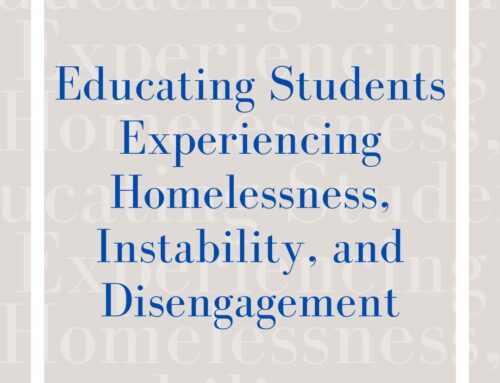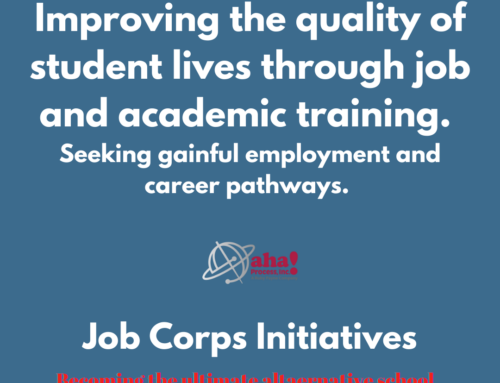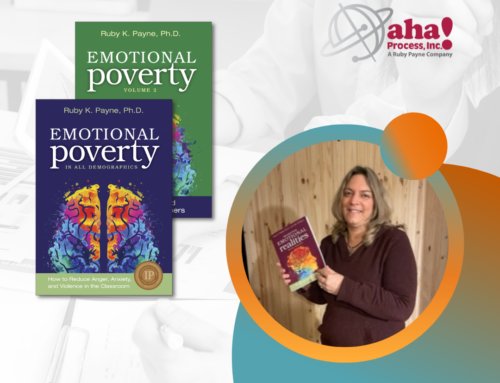As a teacher I have struggled to find literature to share with my students that is academically challenging, relevant, and engaging. This is especially true with my under-resourced learners. I assumed the best method to excite my students about reading was to give them literature with which they could relate. For example, wouldn’t my under-resourced learners rather read about characters who live lives similar to their own, instead of reading about people and circumstances that they are unfamiliar with? My main concern when choosing literature became whether or not my students could identify with the characters’ lives.
I faced this problem most recently in my current classroom. I am teaching a sixth-grade class in a rural school with 99% free and reduced lunch and a student body that is 75% African American. The majority of the students in my class performed at the lowest two scaled levels on the previous year’s standardized tests. I knew I had to do something to get my students reading while making it meaningful and educational. So, because of my belief that the students must be able to relate to the characters, I leafed through novels that were age and grade appropriate. I finally decided on the novel The Cay by Theodore Taylor, mainly because it held adventure and corresponded with our social studies unit on the Caribbean. I was worried my students would not like the novel and therefore would not gain anything from reading it, because it did not directly relate to their lives.
Boy, was I surprised! The students loved the novel. They wanted to keep reading, and every time we stopped for the day, they begged to read more. I was shocked! I wondered to myself, “Why do these students love this book so much?” It flew in the face of everything I thought to be true about reading with under-resourced learners. I asked these students why they enjoyed the novel as much as they did. Their responses were simple: They could relate to the themes of struggling in the face of adversity and race relations. They loved the suspense the author created and were excited to see what would happen next. They easily succeeded in completing the lessons on text structures, vocabulary, and integrated social studies lessons because they loved the story.
In order for students to become better readers, students must read. As for a pianist, practice makes perfect. It is not so important that the students can relate to the characters as people, but that the students can relate to the themes, the stories being conveyed in the literature. I concluded that, for our students to read, we need to give them literature that excites them while relating to their lives, whether through character, setting, or, most importantly, theme.








